Student Pilot Progression- Steps to Becoming a Mulit-IFR Commercial Pilot
One of the most confusing parts of student pilot progression is how to go about it. If you are planning on getting a multi-IFR (Group 1) commercial pilot license (CPL) there is no ‘set’ path you need to follow to achieve this after you get your private pilot license. However, some paths may be more economical than others and some student pilots just might not be ready to fly the multi just after completing their CPL time building. Here is the commercial student pilot progression we would follow if we had to go back and do it all over again.
Flying Progression
TC Exam Progression
Private Pilot License and PPL Written Exam (PPAER)
PPL Flight Training
The first order of business is to get your PPL. It is going to be overwhelming learning all these new acronyms but stick with it; every pilot was once a student. Plan on your PPL taking 50-60 hours. The minimum requirement (45 hours) is just the minimum. Unless you are moving over from rotor-wing (helicopters) it will likely take you more than the minimum. Don’t worry, all the time counts toward the 200 hours you need for your CPL. To view some more of the rules and regulation required for a PPL, have a look at our PPL page.
PPL Written Exam
You will need to write the Transport Canada PPL exam (PPAER) before you will be granted your PPL. The test can be written any time and does not need to be written before your PPL flight test. However, you will need a letter of recommendation. For some tips and tricks for writing the Transport Canada PPL exam check out our useful pilot Written Exam Study Tools FLog post.
CPL Time Building
After you get your PPL start building time. You will likely need to fly roughly 75 hours. More flying time is not going to hurt you. Don’t count your pennies when it comes to flying. You should probably count by the thousands. Make sure you challenge yourself to fly into controlled airspace and control zones. It’s not as difficult as you might think. Practice reading charts and the CFS will build confidence. If you have questions about radios and planning post them in the navigation forum and someone will try to help you out.
It is important to know that you can rent a plane from someone at your airport to time build but you CANNOT do your CPL 300 NM flight or any CPL solo training in a plane that is not commercially registered or in which you do not have (partial) ownership. Your solo CPL training must also be supervised by a certified instructor.
Night Rating
After you have done your time building go and get your night rating. Flying at night can be a little scary. You should have good knowledge of your instruments and navigation aids. You can take our Instrument Flying course to help you with that. There is no exam. You just need to do the time. You can check out the requirements on our night rating page.
Commercial Pilot License and Written Exam
CPL Flight Training
We recommend doing your CPL flight training before you get your multi-rating and your instrument rating. Learning how to fly a multi-engine airplane is not an easy task. Flying the multi only by instruments is even more difficult. You need to have a very good understanding of attitude and power and how the two affect the performance of your airplane. We recommend doing your CPL training and flight test before you do your multi-engine rating and instrument rating to give you that extra practice before you move on to more complicated tasks. You only need 150 hours before you can do your CPL flight test. However, you will not be signed off until you meet all CPL requirements and have a minimum of 200 hours.
CPL Written Exam
You need 100 hours before you can write the Transport Canada CPL exam (CPAER). You can find the CPL study guide and some other really valuable publications on this Transport Canada page. Writing this test before your instrument rating written exam (INRAT) will give you more knowledge on which to draw.
Start Instrument Rating
After you pass your written exam and your CPL flight test start your instrument rating in a single engine airplane; it is cheaper. You can also do up to 20 hours of total instrument training time in a simulator. The sim is even cheaper than the single. Complete the instrument rating training requirements to about 75-80% and then get your multi engine rating.
NOTE: You may be able to save some money by spending money. Download X-Plane, get yourself some flight controls, and start flying and reading IFR plates and flying approaches at home. This will help you practice. It also gives you the opportunity to spend as much time as you want learning how to use a GPS/navigation unit like the Garmin 430, 530, and the G1000. If you know how to use the GPS in your sleep, you will be able to focus more on controlling the airplane and receiving instructions from ATC. Read our SIM FLog post here.
Multi Engine Rating
By now you are likely in the 180 hour range or so. You have all the confidence you built from your CPL testing plus 30-35 hours of instrument training. It is now a great time to start learning how to fly an airplane with two engines. You will probably need 10-20 hours to get your multi engine rating. There is no written exam for the multi rating, but you will be required to do a Transport Canada ground and flight test. The test is mainly about how to control the airplane during an engine failure. You can read more about the requirements on our Multi Engine Rating page.
Multi IFR Rating
Multi IFR Flight training and Flight Test
Now that you have all this experience you will (hopefully) be ready to get your Group 1 Multi IFR rating. You have about 80% of your instrument rating complete. You have your multi engine rating. Finish your IFR training in the multi and then schedule your flight test. However, there is a written exam for the instrument rating. You will need to have it complete before you are permitted to do the multi-IFR flight test.
Instrument Written Exam
The instrument written exam (INRAT) is only 50 questions, however, it is not an easy test. You should start studying for your INRAT right after your CPL written test is complete. If you do not have the INRAT complete as your approach your mulit-IFR flight test, all of your training will come to a screeching stop until it is complete. Many people have needed multiple attempts to pass the INRAT. Give yourself lots of time and start studying early. You can check out the Transport Canada Instrument Rating Study and Reference Guide here.
Student Pilot Progression – Conclusion
The student pilot progression outlined in this article is a best case scenario for us. You might experience some ‘speed bumps’ along the way. For example, you might have a difficult time booking a qualified instructor. Or maybe your school only has one multi engine airplane and it requires maintenance halfway through your multi training. There are a few obstacles that may prevent you from the commercial student pilot progression we have suggested above. Try not to get to discouraged if you run into some of these obstacles.
If you have any questions or comments please leave them in the comments below.
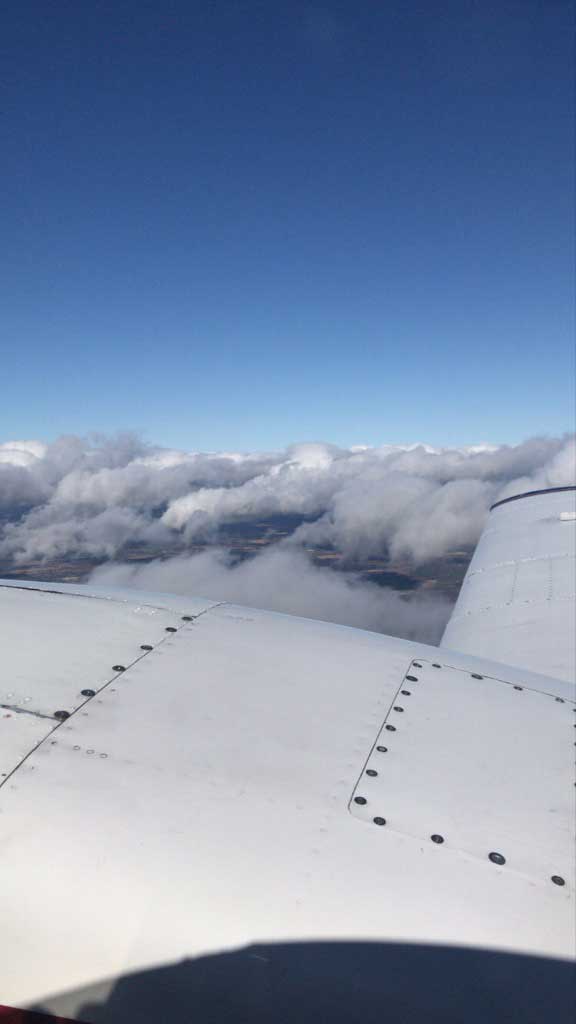
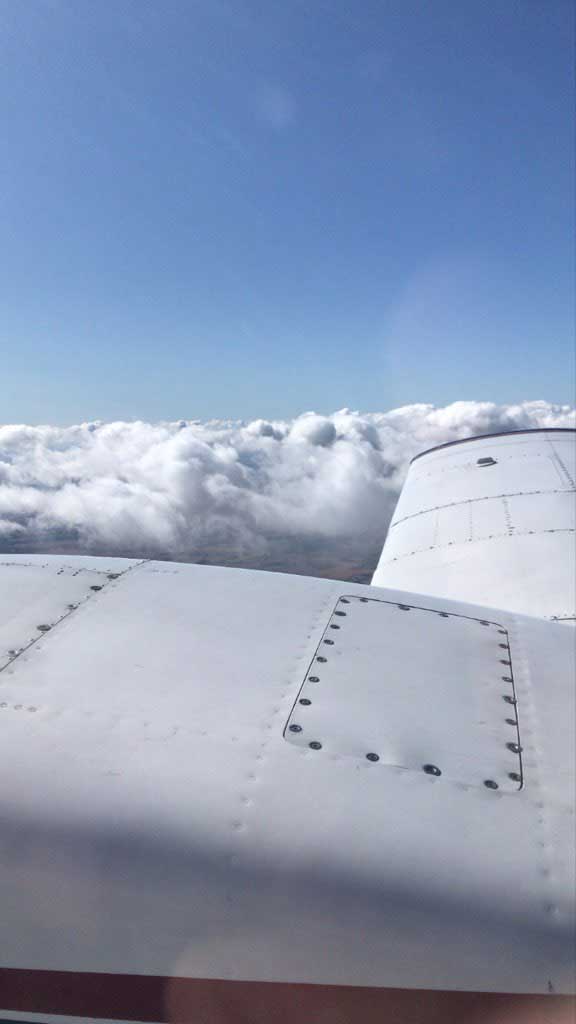
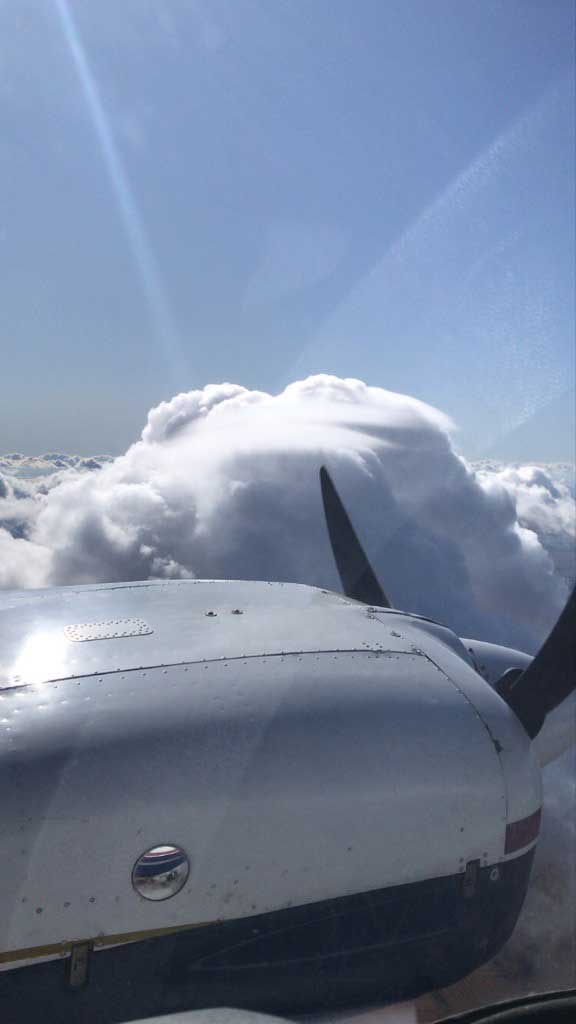
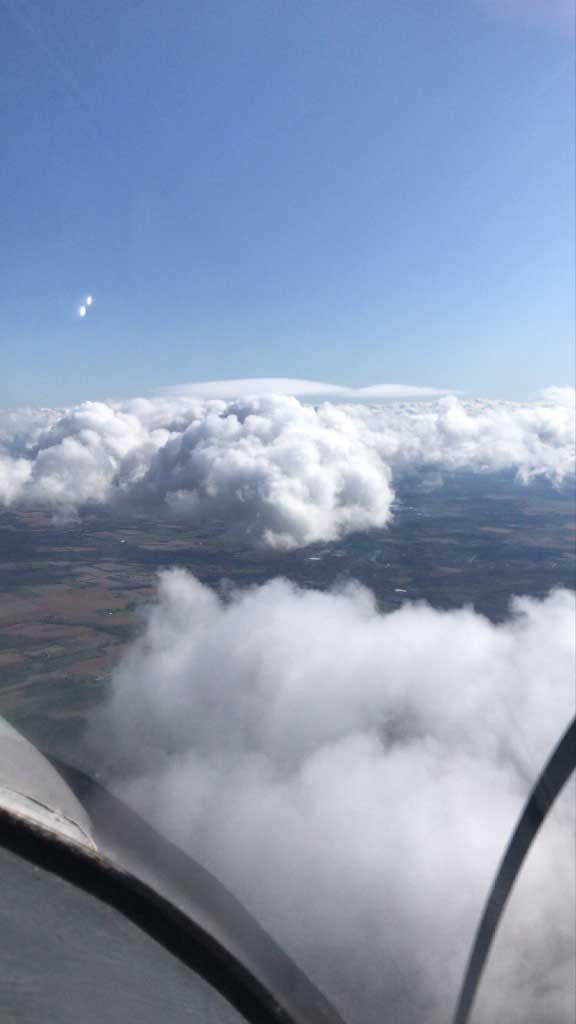
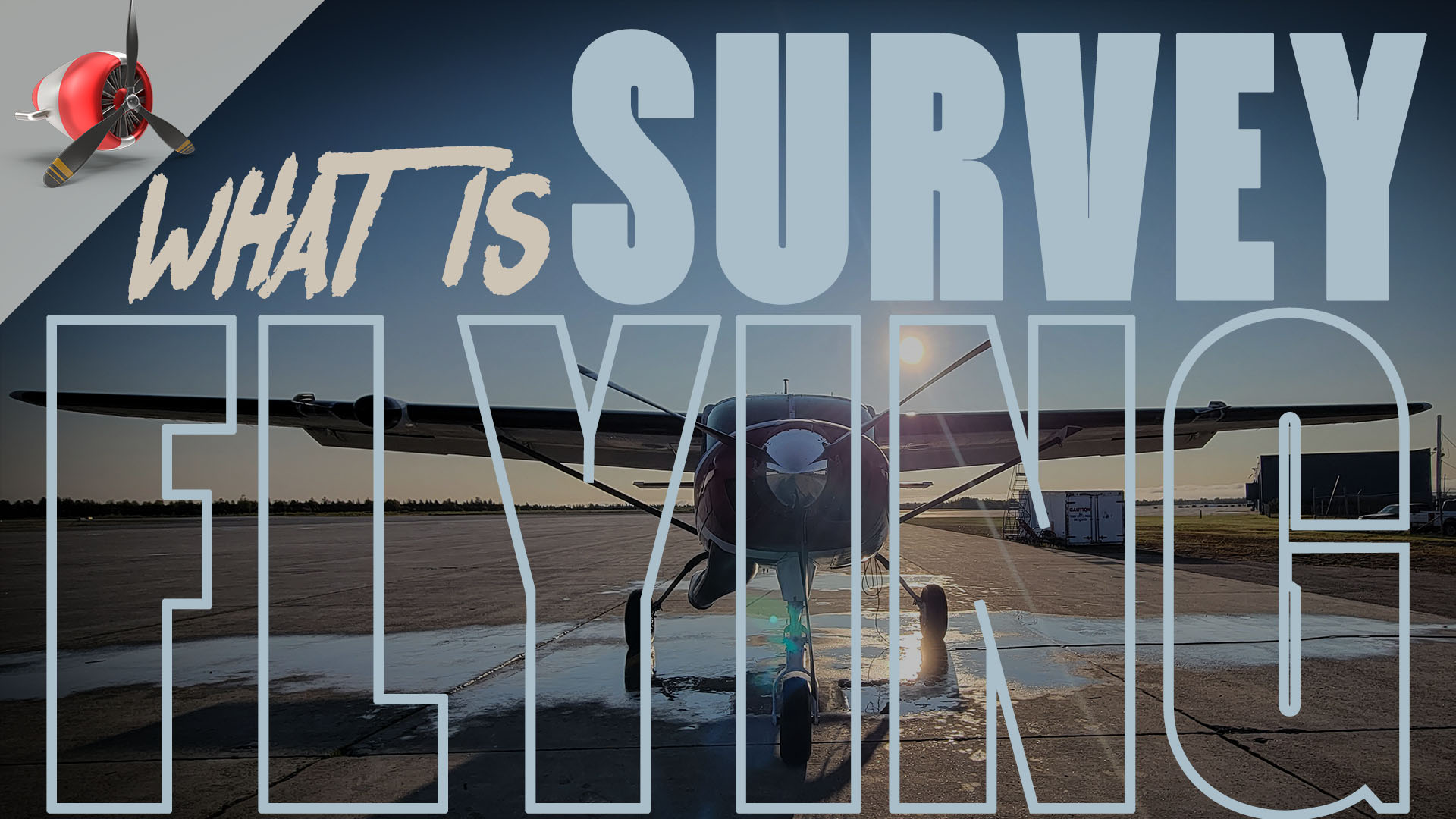
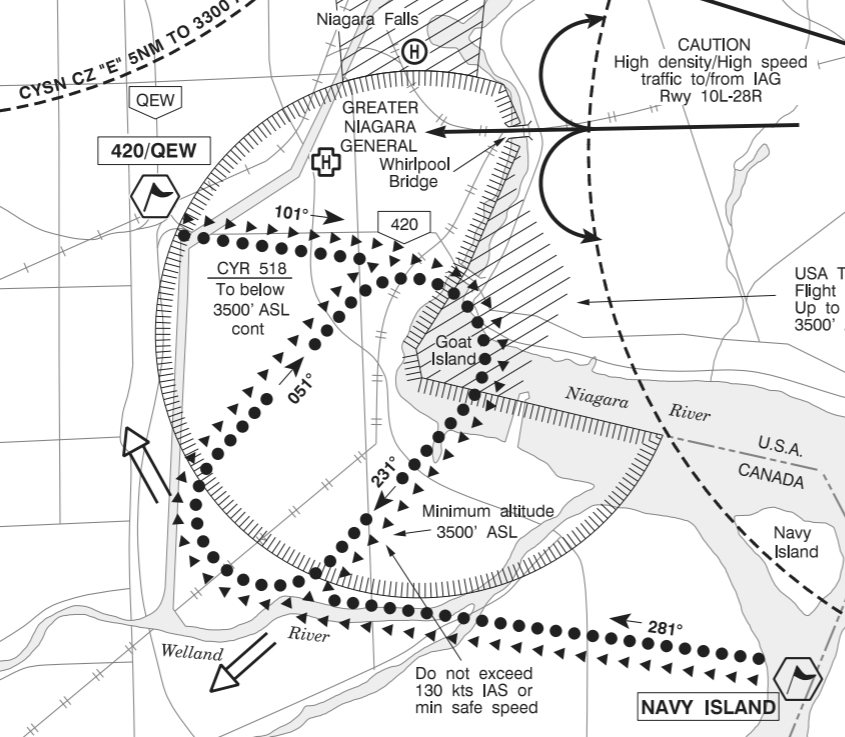
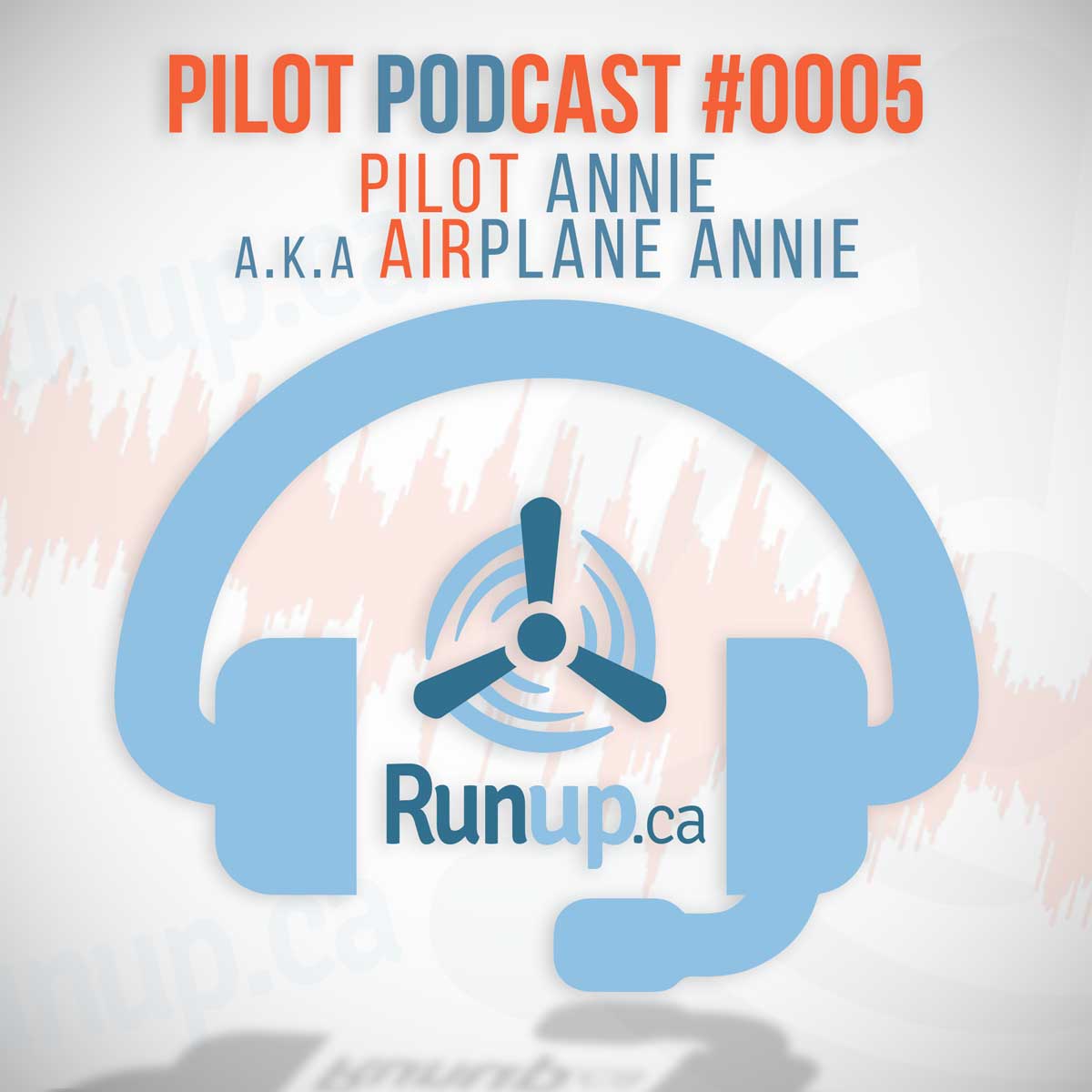
Hi thanks a lot for this valuable training plan it clarified many things to me .🌷💙
In case I wanted to take the Instructor rating, should I start it right after CPL or after Multi IFR ?
You are welcome. We were unsure of the proper progression as student pilots and were certain there were others who had similar questions. You will need to wait until you have your CPL before you do the instructor rating. Just because you have completed the CPL written and the CPL flight test does not mean you are eligible to apply for your commercial pilot license. You need to meet all of the requirements for a CPL in CARs 421.30. One such requirement is to have 200 hours. If you are under 200 then you might want to start your MIFR training as you will need to build time to get to that 200 hour mark anyway. However, if you are over the 200 hour mark already and meet all the requirements to apply for your CPL then you might want to start your instructor rating (IR) before your MIFR. One reason would be because of the time of year in Canada. If summer is approaching it might be wise to start your IR so that you will have it for the summer when the weather is good. Then you could do your MIFR in the Fall or Winter. This would also depend on if your have the INRAT complete and when it expires. You might have no choice but to do your MIFR first if your INRAT is going to expire. Another concern right now is the instructor job market. There are not nearly as many class 4 instructor jobs available at the moment compared to about a year and a half ago. This depends on your location in Canada a little, but flight schools have seen a lot of their ex-instructors back looking for work after the layoffs in the Canadian airline sector.